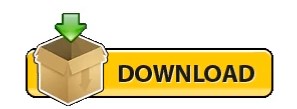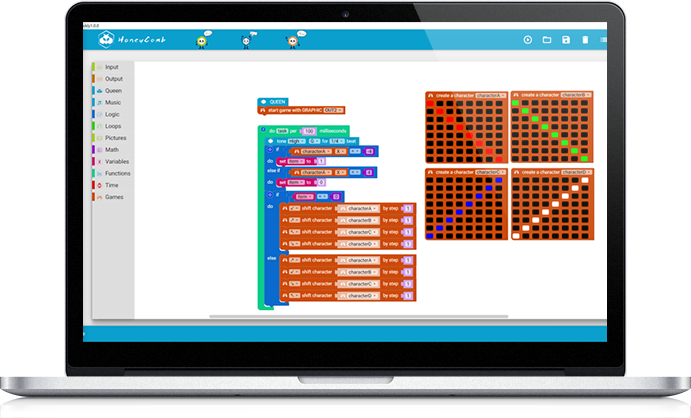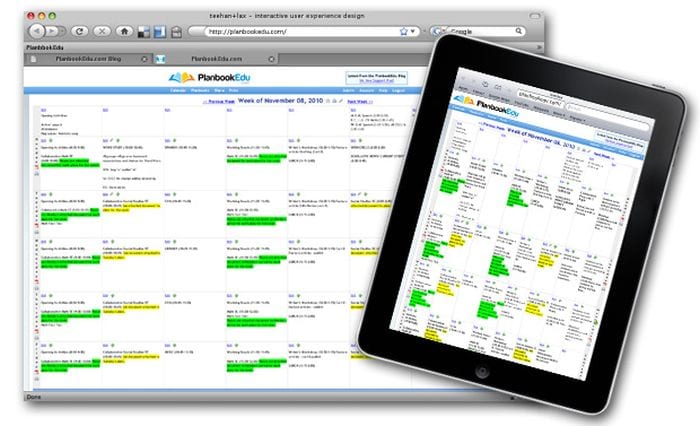


If students are asked to research a controversy, and they find sources that reference a particular dataset, it might prove beneficial for students to know about tools that can help them analyze the data themselves. This lesson plan is designed to introduce students to data visualization software. Note: this lesson was informed by a DWRL workshop run by Amy Tuttle In other words, whatever might be discovered and represented by a data viz isn’t “the whole picture,” but one (possibly productive) way of making sense of the available information.

We can begin to identify patterns in what might otherwise be a dizzying dataset, which enables us to investigate arguments that draw from datasets and provides us with a different approach to freewriting, in a sense, as we look for connections that might spark or supplement our own projects.Īt the same time, however, it’s important to recognize that a particular visualization isn’t a univocal reading of the data-especially for those of us (both students and teachers) who may be novices in terms of both data literacy and creating visualizations. And Virginia Kuhn argues that there are “two main uses for information visualization: discovery and representation.” With this in mind, data visualization software can certainly be a productive tool for research and invention. In his much referenced TED Talk, David McCandless says that “if you start working with and playing with it in a certain way, interesting things can appear and different patterns can be revealed” (5:57-6:14).


 0 kommentar(er)
0 kommentar(er)
